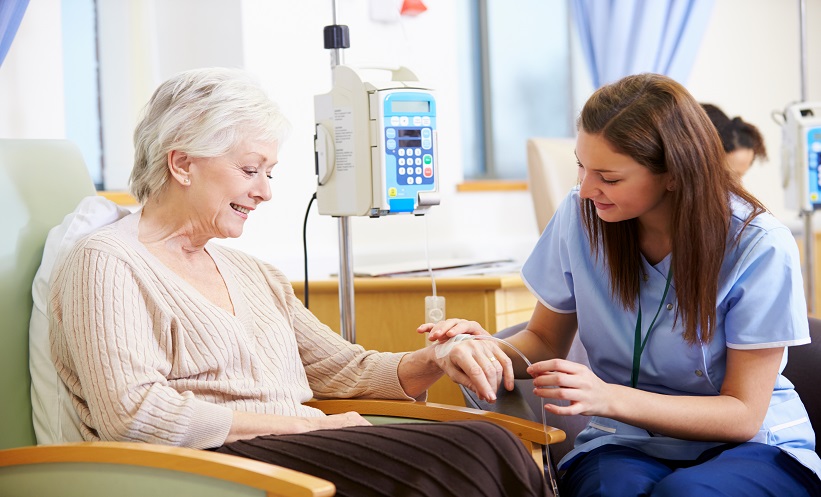A GROUNDBREAKING risk prediction model for kidney injury in patients with cancer receiving the chemotherapy drug cisplatin has been developed by Brigham and Women’s Hospital (BWH), Boston, Massachusetts, USA, and collaborators. This model, the first of its kind to be generalisable, leverages patient data from six major USA cancer centres.
Cisplatin, despite its effectiveness against cancer, poses a significant risk of kidney injury, potentially necessitating the cessation of crucial treatments. The research team, which includes experts from BWH; Dana-Farber Cancer Institute, Boston; and other institutions, analysed over 24,000 patient records to identify risk factors for moderate-to-severe kidney injury following the first intravenous dose of cisplatin.
The study found that patients at highest risk had up to a 20-fold increased likelihood of developing kidney injury compared to those at lowest risk. Key risk factors identified include age, hypertension, diabetes, and specific laboratory results. Additionally, lower magnesium levels emerged as a significant predictor of acute kidney injury.
The research team’s findings also highlight the increased mortality associated with kidney injury from cisplatin, underscoring the importance of predictive tools in clinical decision-making. Using their risk score, the team developed an online calculator available at MDCalc.com, allowing clinicians and patients to assess the risk of kidney injury and consider preventive measures.
“This tool enables oncologists and patients to discuss the risks and benefits of cisplatin more effectively, potentially implementing preventative strategies like additional intravenous fluids or closer kidney function monitoring,” said senior author David E. Leaf, BWH. The model’s simplicity and reliance on readily available clinical data ensure its accessibility across various medical settings.
Reference:
Gupta S et al. Derivation and external validation of a simple risk score for prediction of severe acute kidney injury after IV cisplatin: cohort study. BMJ. 2024;384:e077169.







